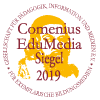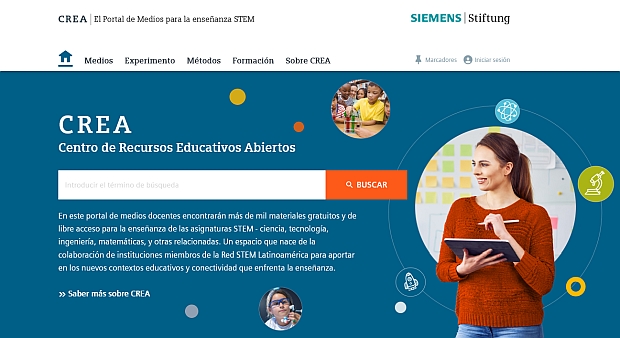B3 How does waste separation work? (teacher instruction)
Text
Experimentation instructions for Experimento | 10+:
Background information on the content and practical information on conducting the experiment "How does waste separation work? – Separating materials by density and magnetism". This experiment comprises two subexperiments.
Type of media:
Text
Last update:
2018-11-20
License:

This medium is made available under a CC BY-SA 4.0 international license.
What does this mean?
How to reference this medium

This medium is made available under a CC BY-SA 4.0 international license.
What does this mean?
How to reference this medium
Media package:
Description:
The suggested subexperiments are ideal for introducing the basic chemical subject of material separation based on the current topics “environment, waste, and recycling." Subexperiment 2 would be of particular interest for a physics class. This subexperiment allows students to verify their prior knowledge of electricity and magnetism, using eddy currents and their effects as an ex-ample. If students lack this prior knowledge, the teacher should make sure to discuss these subjects before or after the experiment. These experiments can also be used in an interdisciplinary approach, e.g., within the context of an environmental project. The materials supplied allow eight groups of students to conduct the experiments simultaneously.
The experiment comprises two subexperiments:
• Separation of a mixture of solid substances
• Principle of the separation of aluminum from other non-ferrous metals
Notes:
• Observe the safety information in the instructions as well as the applicable safety guidelines for your school.
• All materials mentioned in the instructions will have to be purchased directly from commercial sources.
The experiment comprises two subexperiments:
• Separation of a mixture of solid substances
• Principle of the separation of aluminum from other non-ferrous metals
Notes:
• Observe the safety information in the instructions as well as the applicable safety guidelines for your school.
• All materials mentioned in the instructions will have to be purchased directly from commercial sources.
Learning resource type:
Experiment
Subjects:
Chemistry; Physics; Technology
Grade levels:
Grade 5 to 6; Grade 7 to 9; Grade 10 to 13
School types:
Middle/high school
Keywords:
Condensation (physics); Environmental education; Environmental protection; Magnetism; Recycling; Waste recycling
Bibliography:
Siemens Stiftung Media Portal
Author:
Ulrich Mauch, Andreas Rathgeber for Siemens Stiftung
Rights holder:
© Siemens Stiftung 2015



